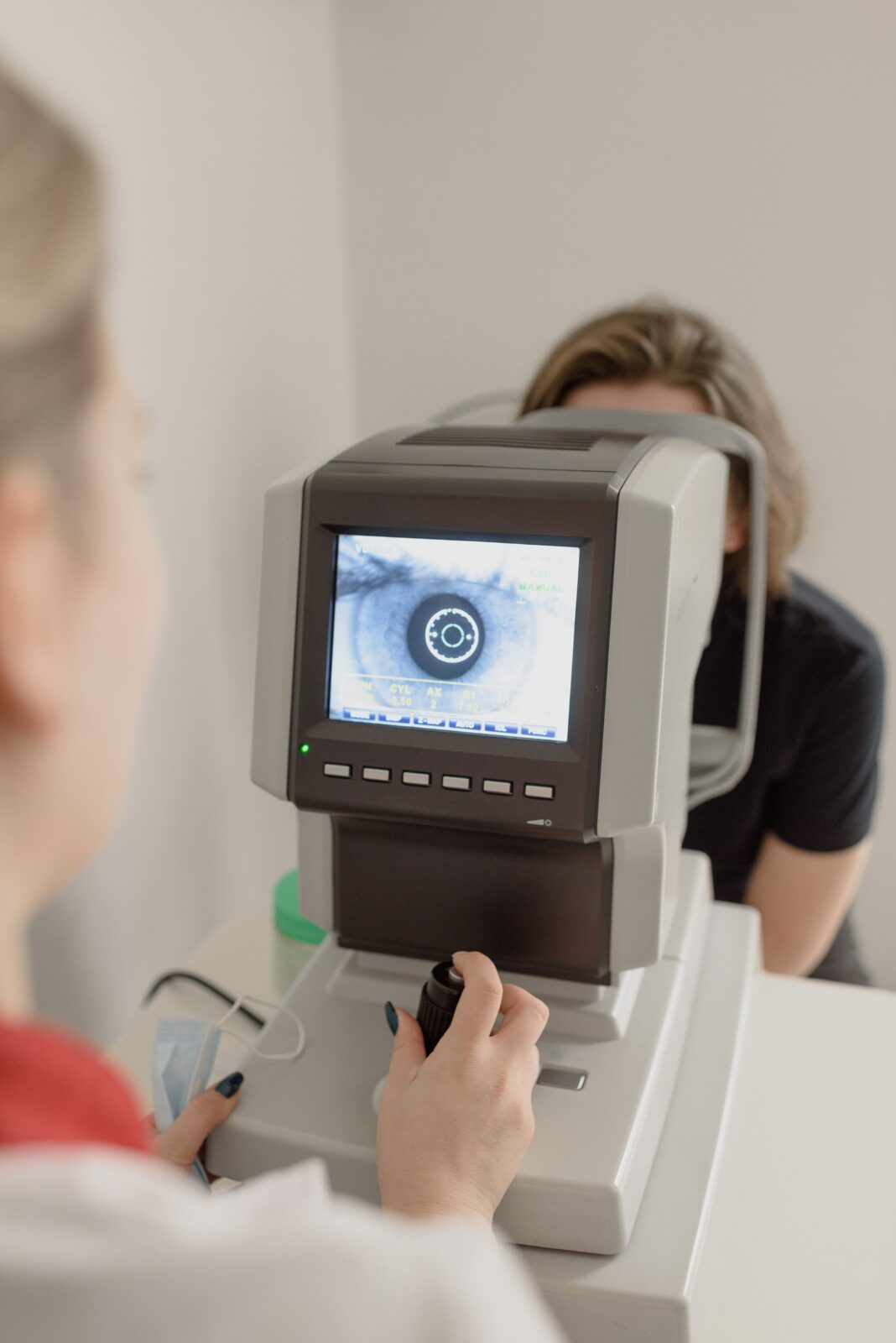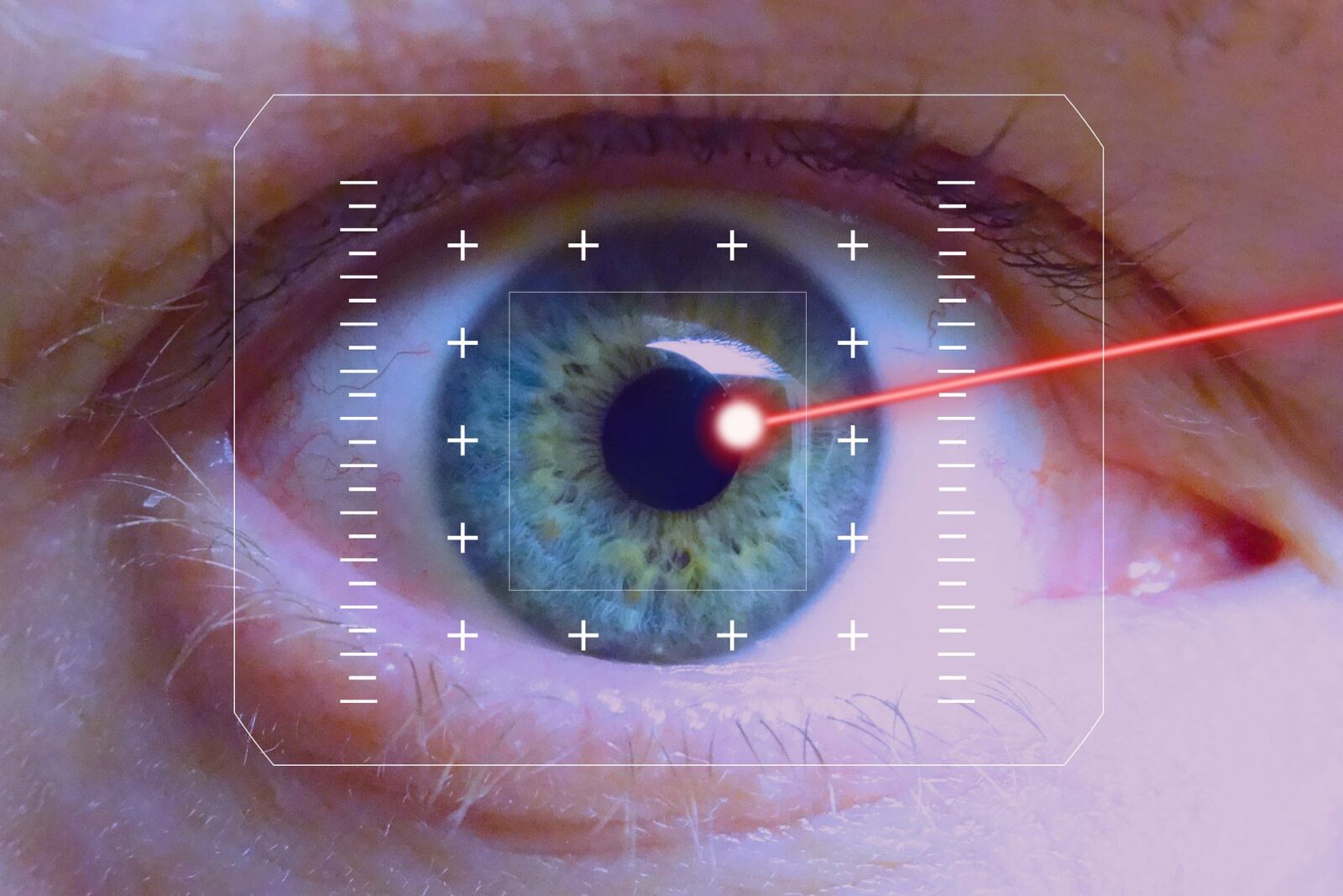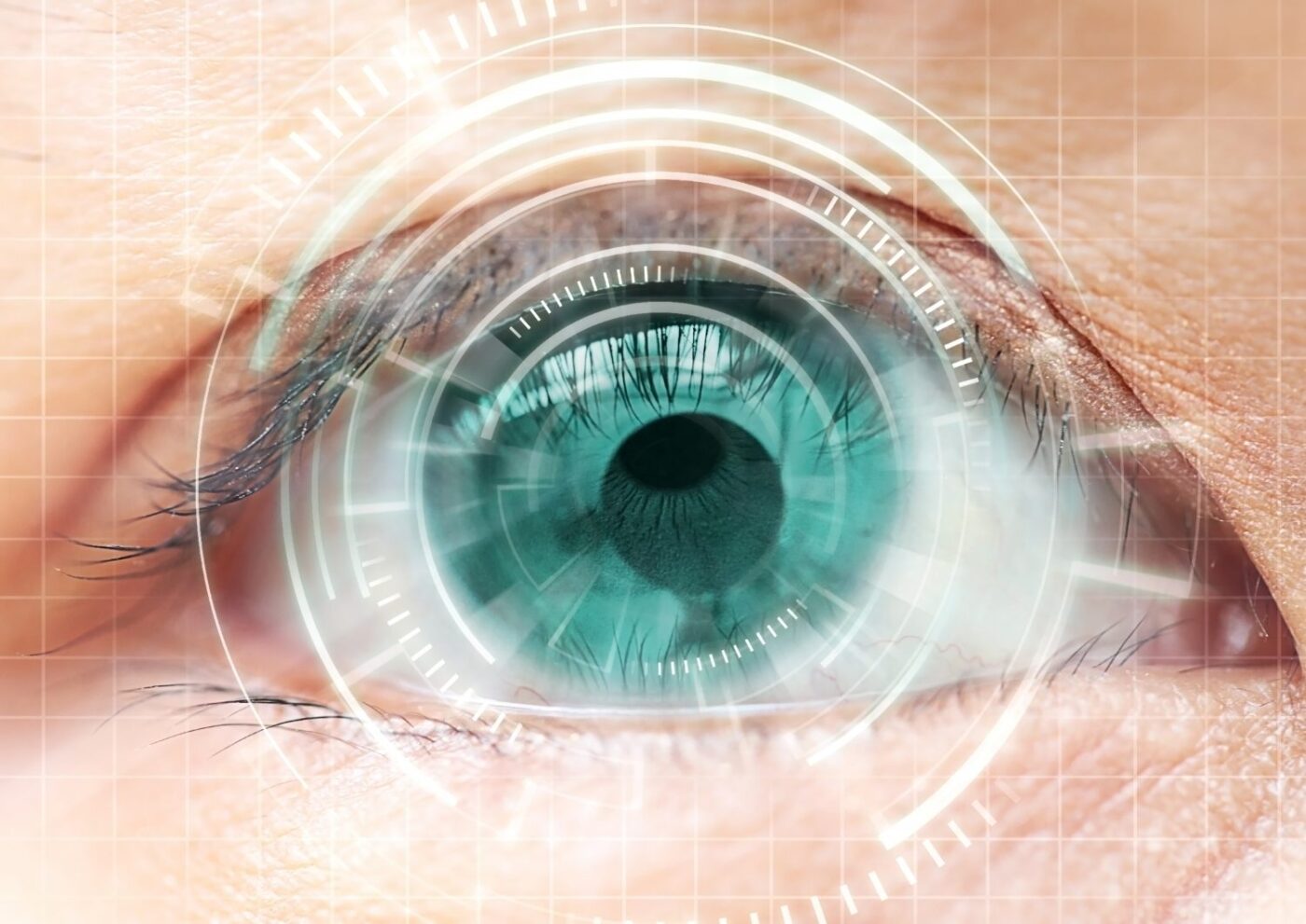Good news! Age doesn’t have to be a barrier to have LASIK. While the typical LASIK patient falls between 20 and 45 years old, the FDA only requires candidates to be at least 18. As long as your vision prescription has stabilized for at least a year, your eyes are healthy, and you’re in good overall health, you may be a good candidate for LASIK even after 50.
Why There’s No Upper Age Limit on LASIK
The FDA stipulates that the minimum age for LASIK candidates is 18, as our eyes and prescriptions may still undergo frequent changes before that age. However, there’s no upper age limit for LASIK, and the decision to undergo the procedure is based on individual health and vision factors.

Here are some things to consider for LASIK after 50:
- Presbyopia: After 45, many people experience near vision issues due to presbyopia. While LASIK isn’t always the best solution for presbyopia, TLC offers other vision correction technologies like Monovision.
- Cataracts: Cataracts, which often develop after 55, can significantly impact vision. In most cases, cataract surgery is the preferred treatment option for older patients with vision problems.
- Health conditions: Certain health conditions may impact your candidacy for LASIK. However, don’t rule it out based on health alone. Discuss your individual situation with a TLC LASIK specialist to determine if it’s a safe and effective option for you.
Basic LASIK Candidacy Requirements:
For LASIK candidacy, a stable vision prescription for at least one year, the absence of eye diseases, and good overall health are essential. It’s important to note that good overall health doesn’t have to mean perfect health, and consulting with a LASIK specialist is the best way to understand how laser eye surgery aligns with various health needs.
Regardless of age, if you’re curious about LASIK eye surgery’s suitability for your vision health needs, schedule a free consultation with a TLC LASIK specialist. Determine your candidacy and explore the potential benefits of laser eye surgery tailored to your unique requirements.
Ready to ditch your glasses and contacts for good? Schedule a free consultation with TLC LASIK specialists today! We’ll assess your vision health, discuss your options, and help you find the perfect solution for clear vision in your golden years.

Schedule a FREE LASIK Consultation Today











